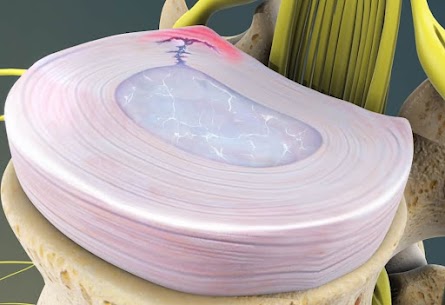
Chronic pain—whether in the lower back, shoulders, or knees—is often caused by repeated stimulation of previously damaged tissues or by pain-inducing substances that remain within the injured area after the initial damage.
In the case of intervertebral discs, degeneration can lead to small tears, into which pain-related nerve fibers may grow, contributing to ongoing discomfort.
Basic research using rat models has shown that when the disc is injured only once, the expression of inflammation-related substances is temporary.
However, in models where the disc is damaged three times, the appearance of these inflammatory substances persists for an extended period.
Since human intervertebral discs are constantly under mechanical stress, a single injury can easily lead to repeated microdamage.
This repeated injury prolongs inflammation within the disc tissue, making the pain chronic in the long run.
To break this cycle of pain, it is necessary to repair and regenerate the disc and to remove the stress that is repeatedly placed on the disc.
ILC International Lumbago Clinic Tokyo



